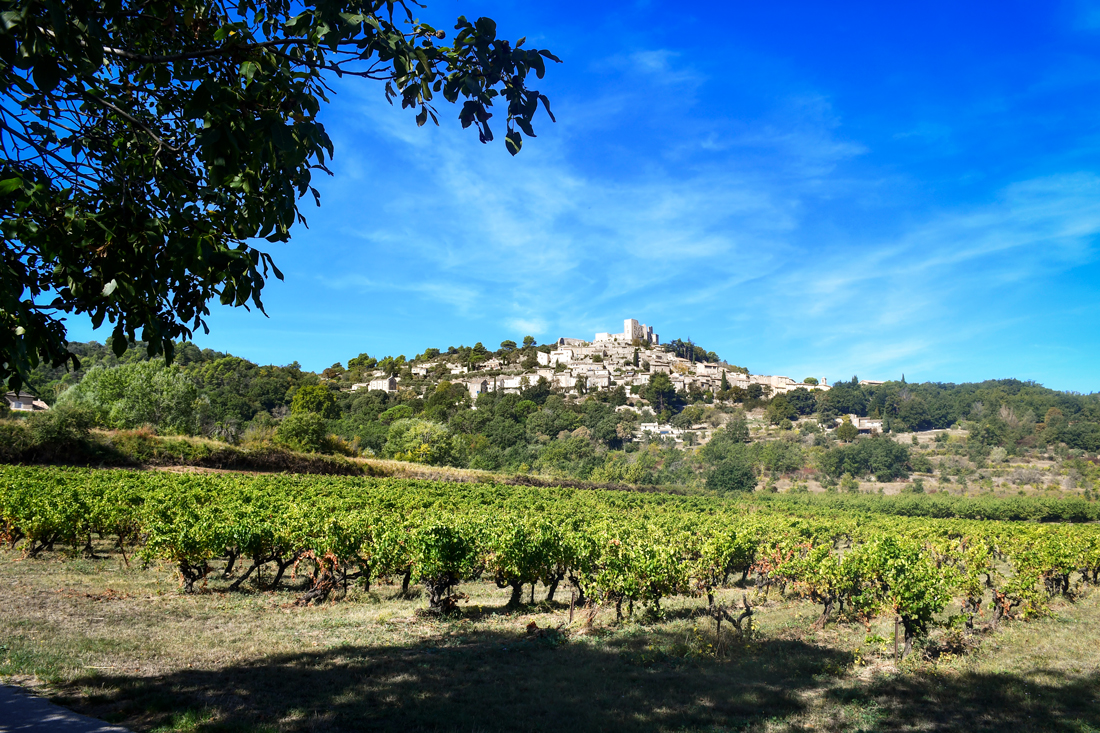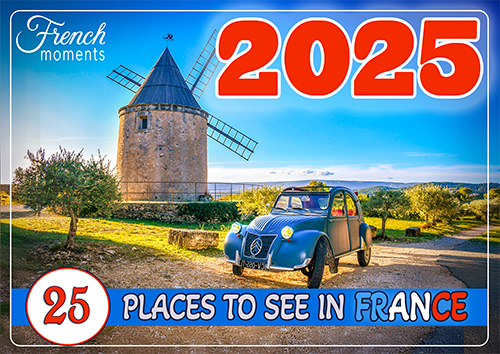The region of Provence-Alpes-Côte d’Azur comprises six départements in south-eastern France.
Casually known as “PACA” or “Région Sud”, the region is bordered by Italy to the East and the Mediterranean Sea to the South.
We have published several articles on Provence to help you explore this fantastic sunny destination.
🎦 Watch our short video featuring the beautiful Provençal area of the Luberon:
A brief description of Provence-Alpes-Côte d’Azur
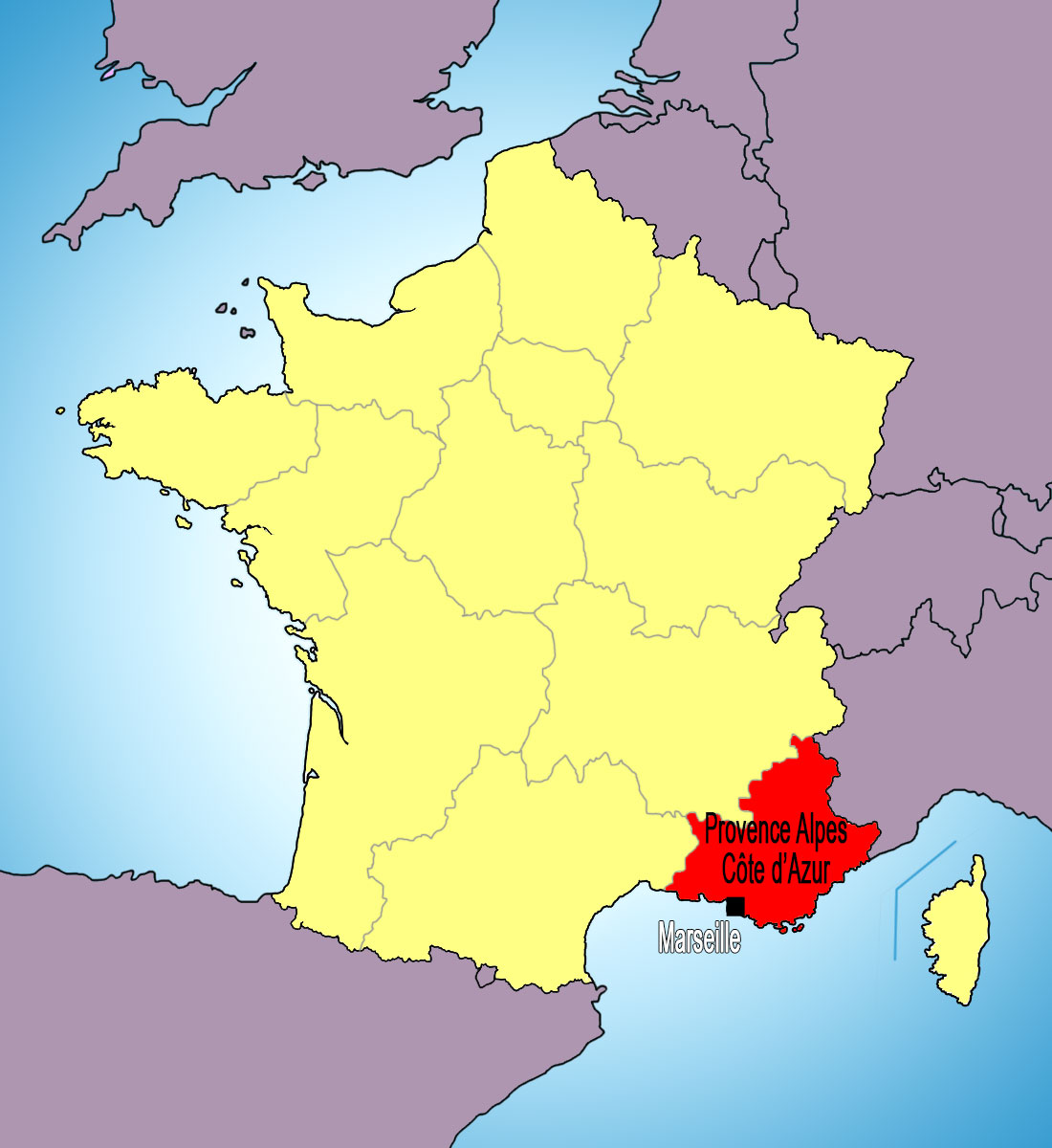
For foreign visitors, Provence-Alpes-Côte d’Azur is probably one of the most renowned regions of France (along with Paris, the Loire and Périgord).
This sun-drenched land stretches from the foothills of the Alps to the mouth of the Rhône and the Mediterranean to the South.
The region is a tourist hotspot.
With 10.1 million overnight stays recorded in 2017, Provence-Alpes-Côte d’Azur is the first touristic region in France after Paris.
Excellent transport infrastructure (the Provence region has 2,500 km of motorway) facilitates this.
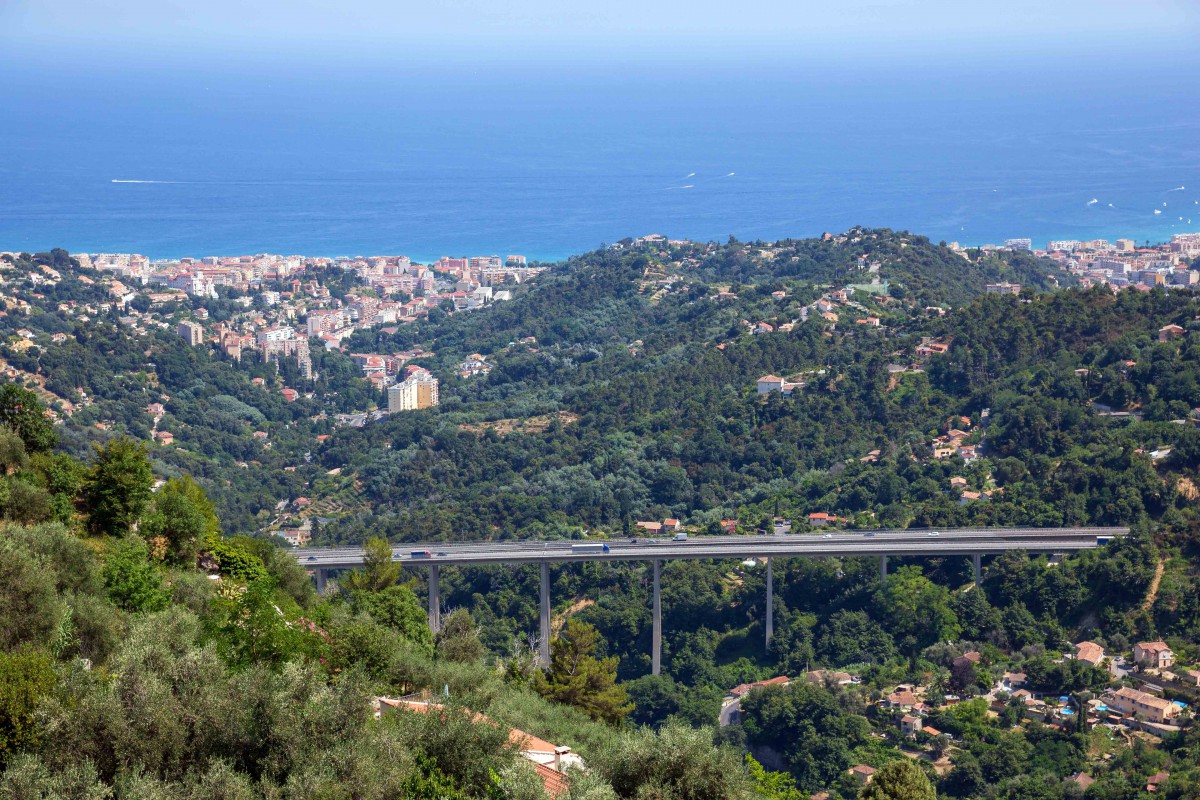
The TGV (French high-speed train) links Paris to Marseille in 3 hours only.
The administrative region is made up of 6 départements :
- Alpes-de-Haute-Provence [07] – head city: Digne-les-Bains
- Hautes-Alpes [05] – head city: Gap
- Alpes-Maritimes [06] – head city: Nice
- Bouches-du-Rhône [13] – head city: Marseille
- Var [83] – head city: Toulon
- Vaucluse [84] – head city: Avignon
Provence-Alpes-Côte d’Azur is one of France’s most populated region (pop. 5 007 977 in 2015).
Where to Stay in Provence and the Côte d’Azur
When it comes to finding accommodation in Provence and the Côte d’Azur, you’re spoilt for choice.
Whether you dream of staying in a charming countryside villa, a quaint village inn, or a luxurious seaside resort, this region offers something for every traveller.
To make your search easier, I’ve included a handy link to a booking platform where you can find and book your ideal stay.
Plus, explore below a detailed map to locate the best places to stay, tailored to your preferences:
The Provençal heritage
What comes to mind when we think about Provence?
The typical lavender fields, olive groves and orchards, the colourful façades of picturesque villages, great town markets…
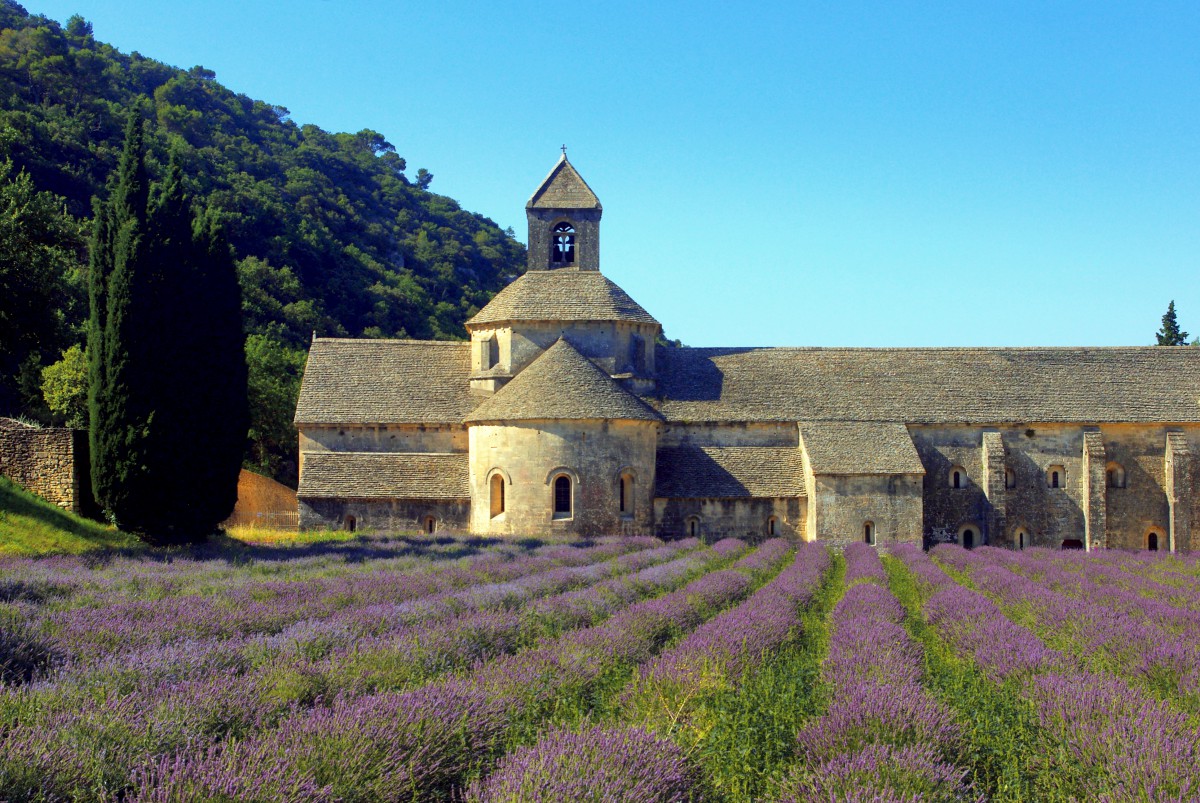
A rich heritage ranges from Roman in Arles, Saint-Rémy-de-Provence, Vaison-la-Romaine to Romanesque in the Abbeys of Sénanque and Silvacane.
However, some of France’s most thriving cities can be found in Provence: Aix-en-Provence, Arles, Avignon or Nîmes (actually in Occitania), without forgetting the always surprising Marseille, now the third biggest city of France.
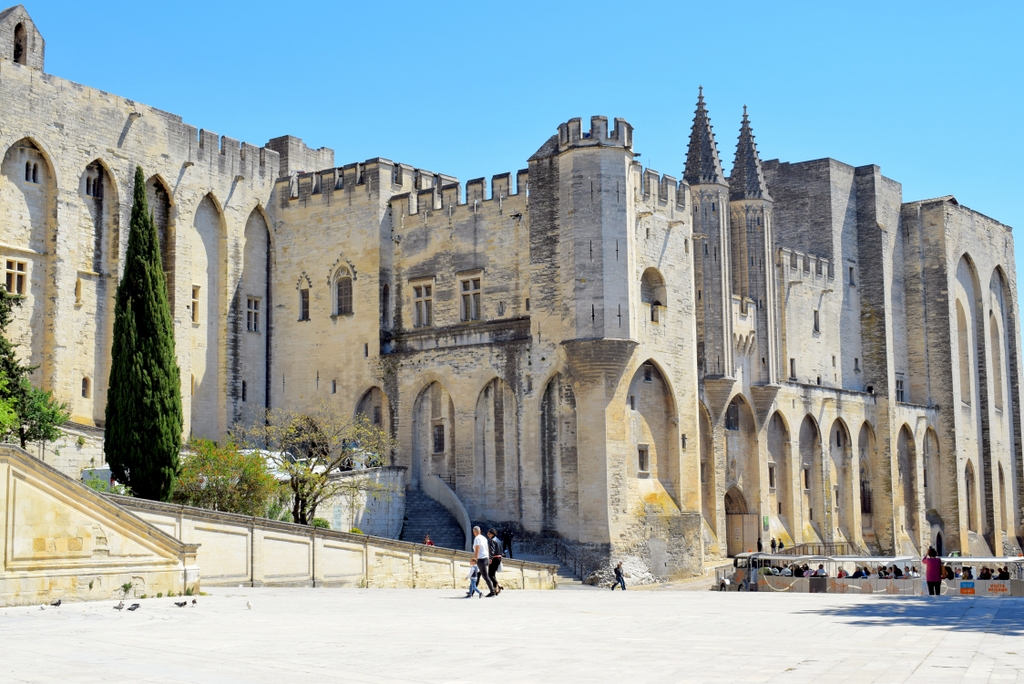
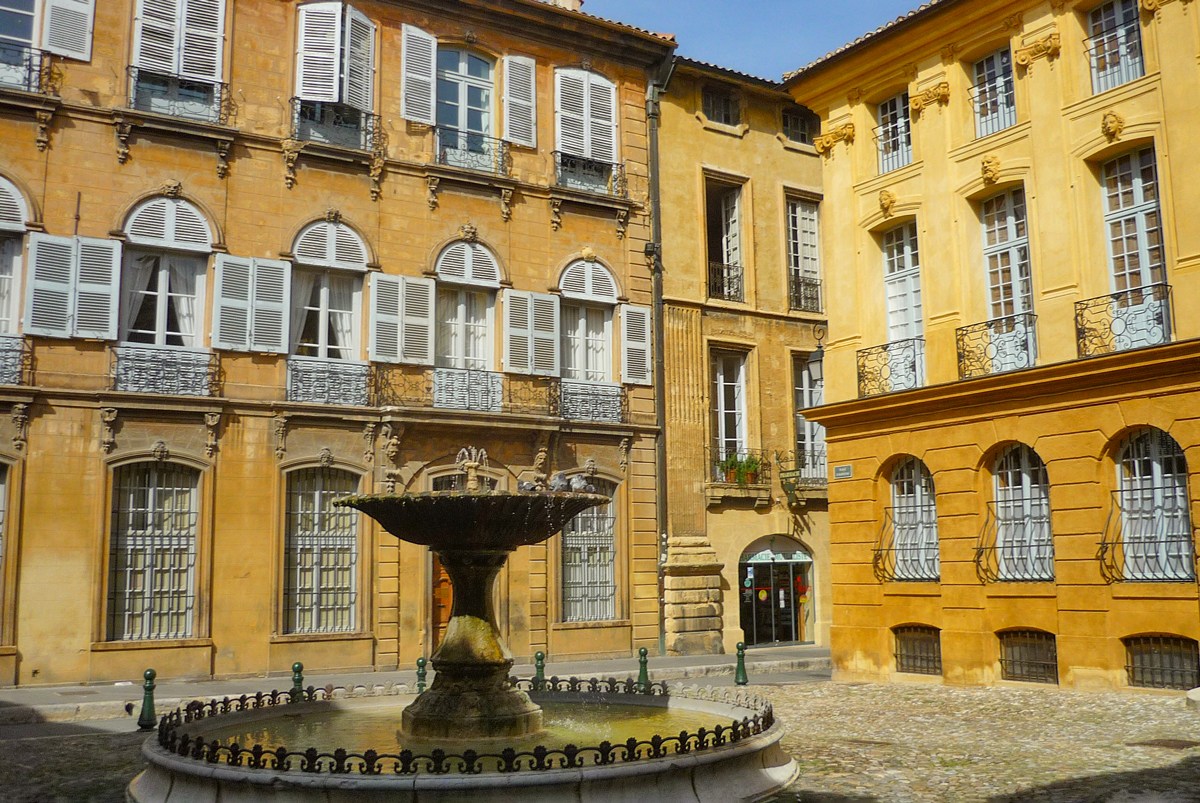
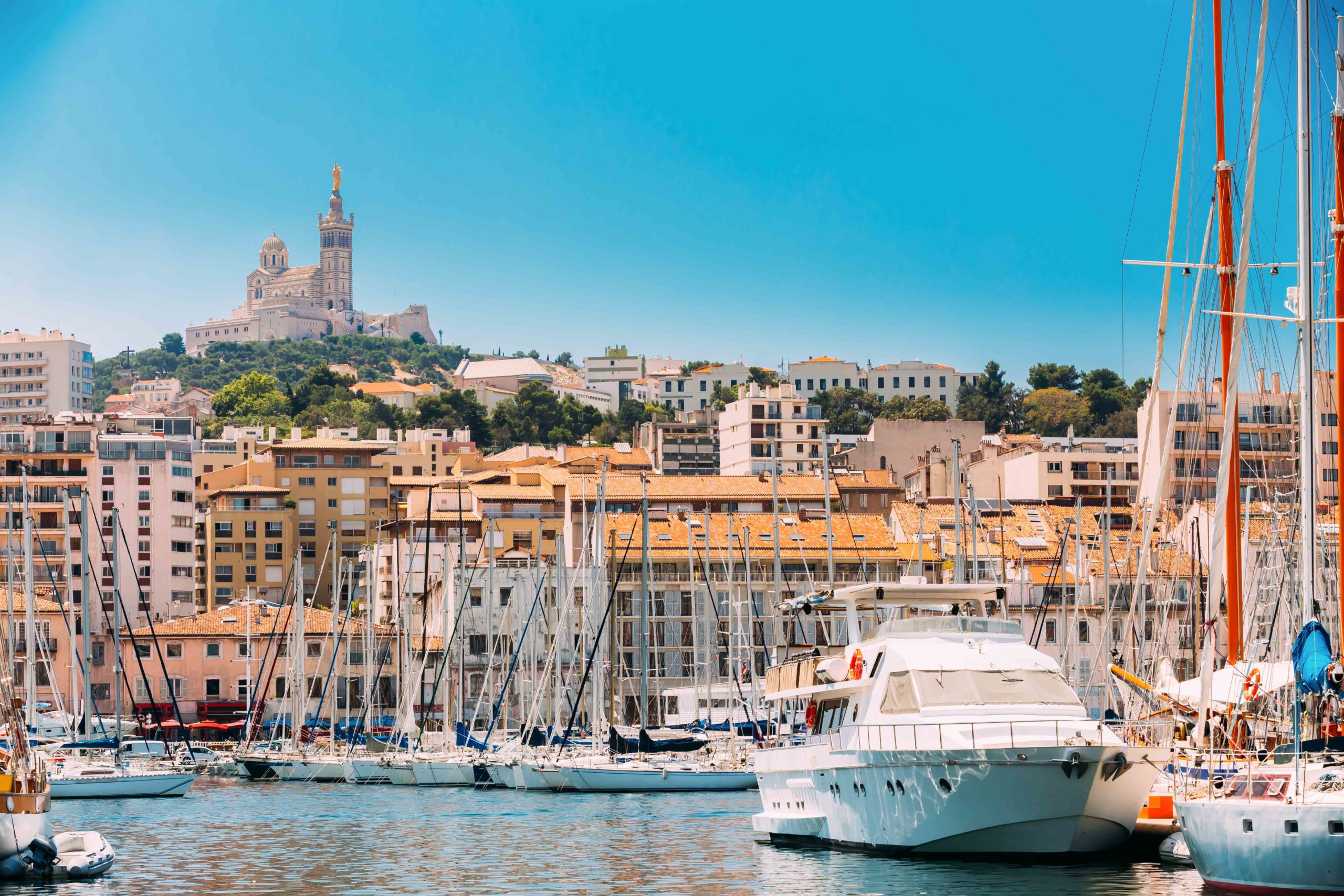
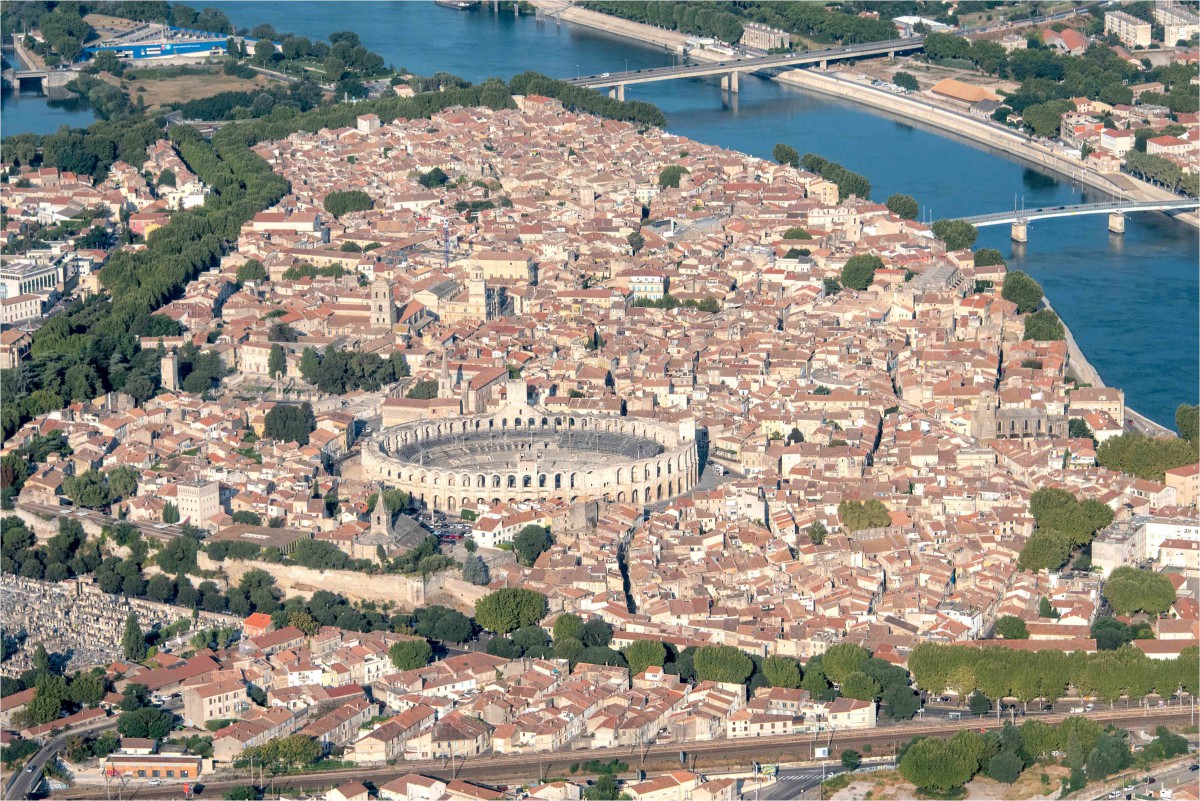
The Provençal gastronomy
Provencal gastronomy has become world-famous and popular with a wide array of delicious dishes and desserts:
Bouillabaisse
Bouillabaisse is a traditional Provençal fish stew.
It’s made with various Mediterranean fish, shellfish, and aromatic herbs.
Saffron, garlic, and olive oil add depth to the rich broth.
Served with crusty bread and rouille, it’s a true taste of the sea.

Pissaladière
Pissaladière is a savoury tart from Nice.
It’s topped with caramelised onions, anchovies, and black olives.
The dough is thicker than pizza, giving it a rustic feel.
It is a simple yet flavourful dish perfect for any meal.

Wines of Provence
The wines of Provence are famous for their refreshing rosés.
These wines are light, crisp, and perfect for summer.
The region also produces excellent reds and whites, full of character and complexity.
Enjoy them with local cuisine for the best experience.

Herbs of Provence
Herbs of Provence is a fragrant blend used in many Provençal dishes.
It includes thyme, rosemary, oregano, and marjoram.
These herbs add a unique, aromatic flavour to meats, vegetables, and sauces.
They’re a staple in every Provençal kitchen.

Olives
Olives are a symbol of Provence.
They are often enjoyed as a snack or used in cooking.
The region produces both green and black olives, known for their rich, slightly bitter taste.
Olive oil from Provence is also highly prized for its quality and flavour.
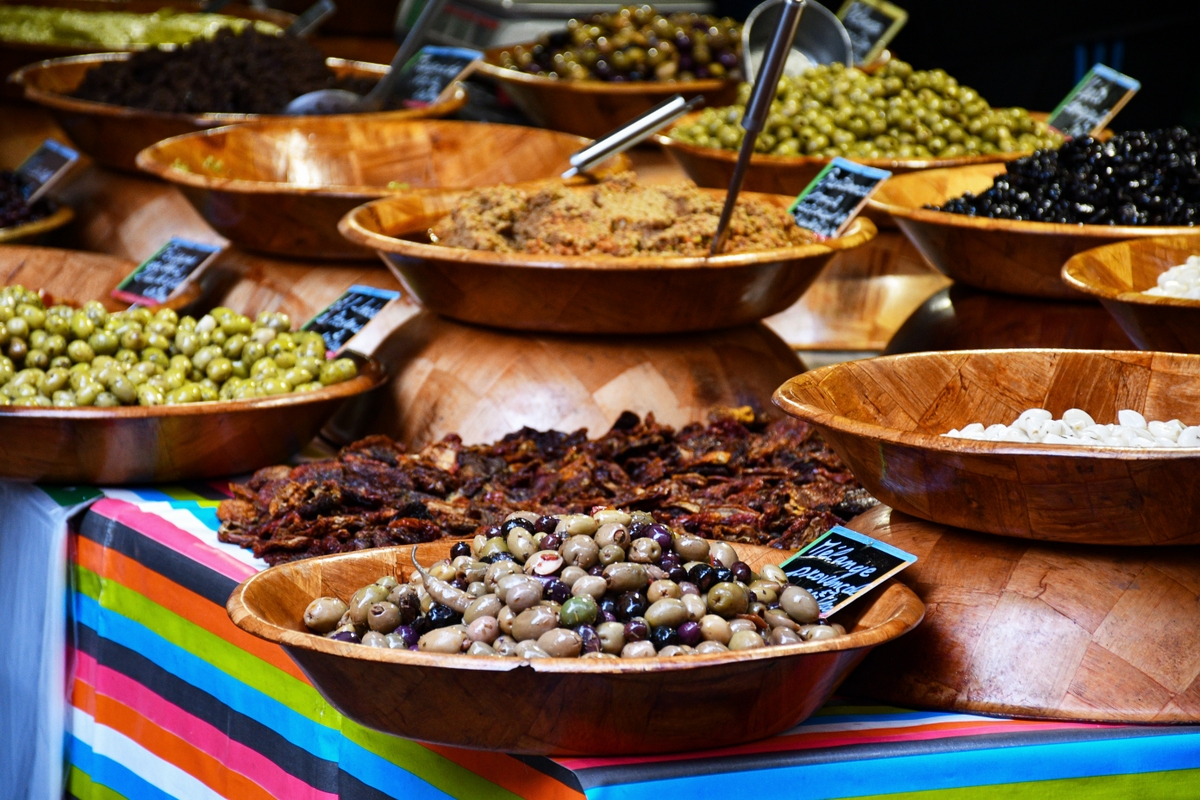
Calissons
Calissons are traditional sweets from Aix-en-Provence.
They are made with ground almonds, candied melon, and orange peel and have a smooth, sweet flavour.
They are delicate and delightful, covered with a thin layer of royal icing.

Candied fruits
Candied fruits from Apt are a Provençal speciality.
Fruits like cherries, pears, and oranges are preserved in sugar, making them sweet and colourful.
These treats are perfect for decorating cakes or enjoying on their own.
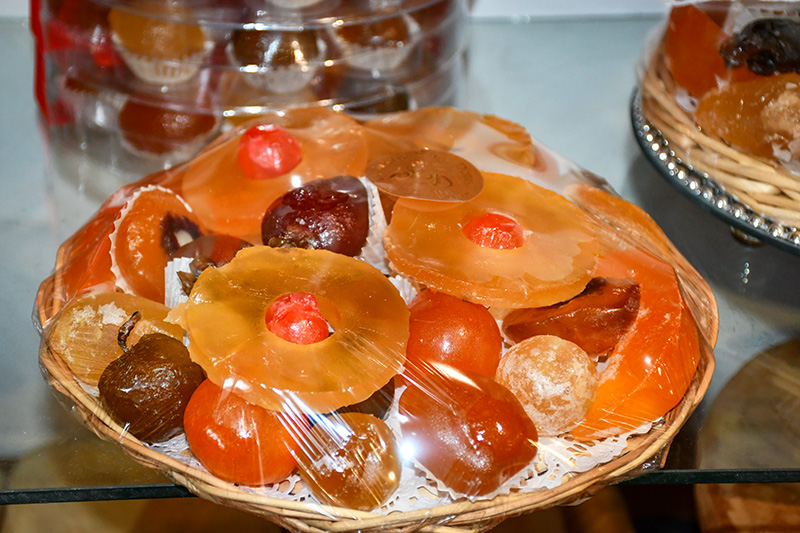
Lemon tart
The Lemon Tart from Menton is a zesty dessert.
Made with the famous Menton lemons, it has a tangy flavour.
The buttery pastry and smooth lemon curd make it a refreshing end to any meal.

Nougat from Montélimar
Nougat from Montélimar is a chewy, sweet treat.
It’s soft and slightly sticky and made with honey, almonds, and pistachios.
The balance of sweetness and crunch makes it a favourite in Provence and beyond.
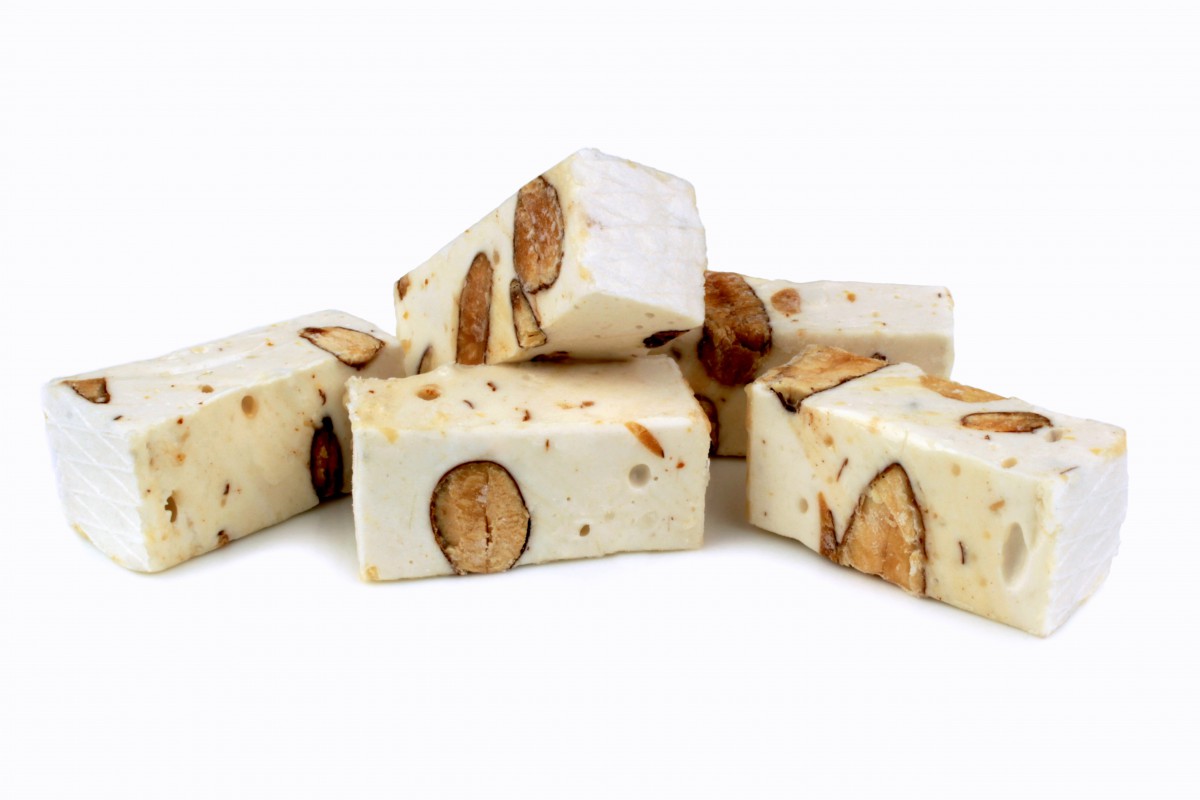
Beautiful landscapes of Provence
The Provence countryside is stunning. Some of my favourite destinations are:
The Luberon
The Luberon is a stunning area of rolling hills, charming villages, and lavender fields.
It’s known for its picturesque landscapes and vibrant markets.
The region offers excellent hiking trails, scenic drives, and a peaceful atmosphere—perfect for those who love nature and tranquillity.
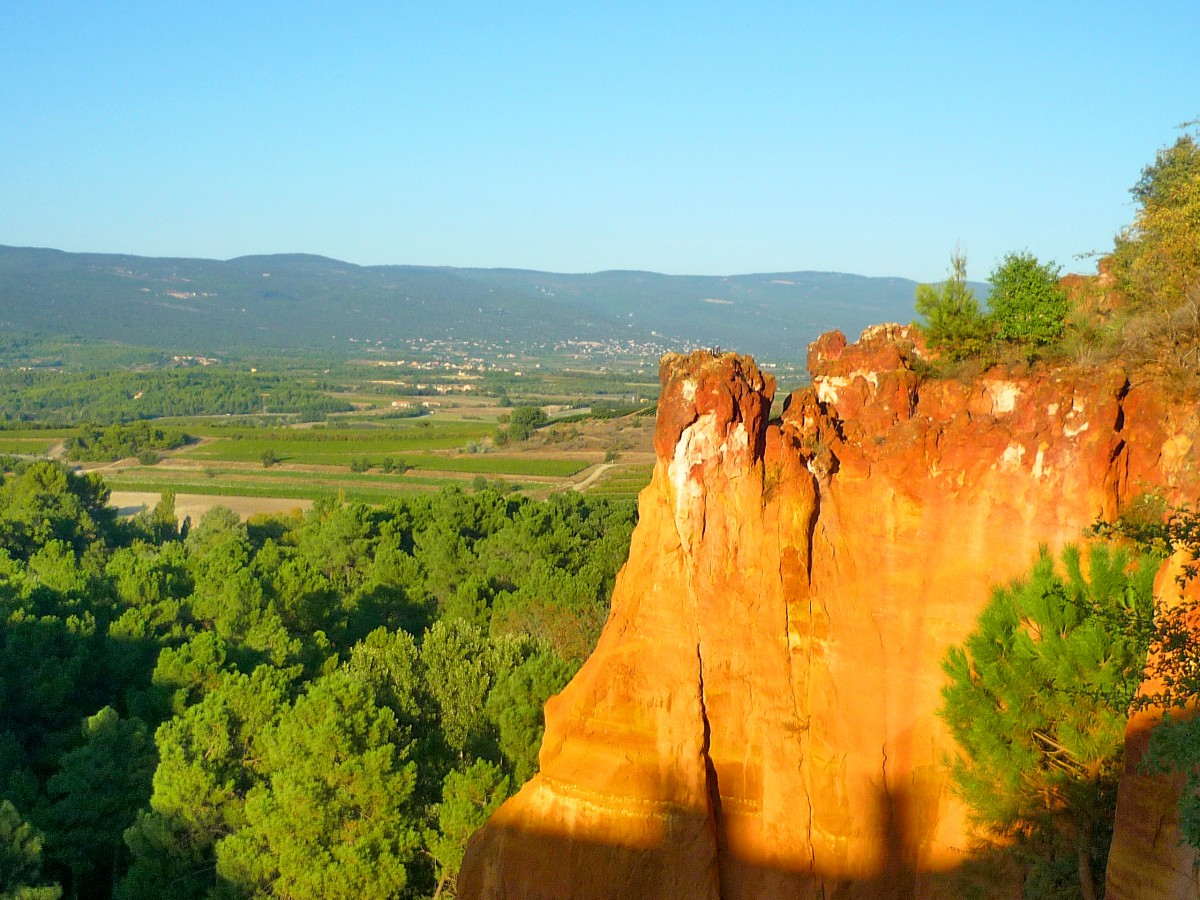
The Alpilles
The Alpilles is a small mountain range with rocky peaks and olive groves.
Famous for its picturesque towns like Saint-Rémy-de-Provence and Les Baux-de-Provence, the region is steeped in history, with ancient ruins and Roman monuments.
It is ideal for exploring Provence’s cultural heritage.
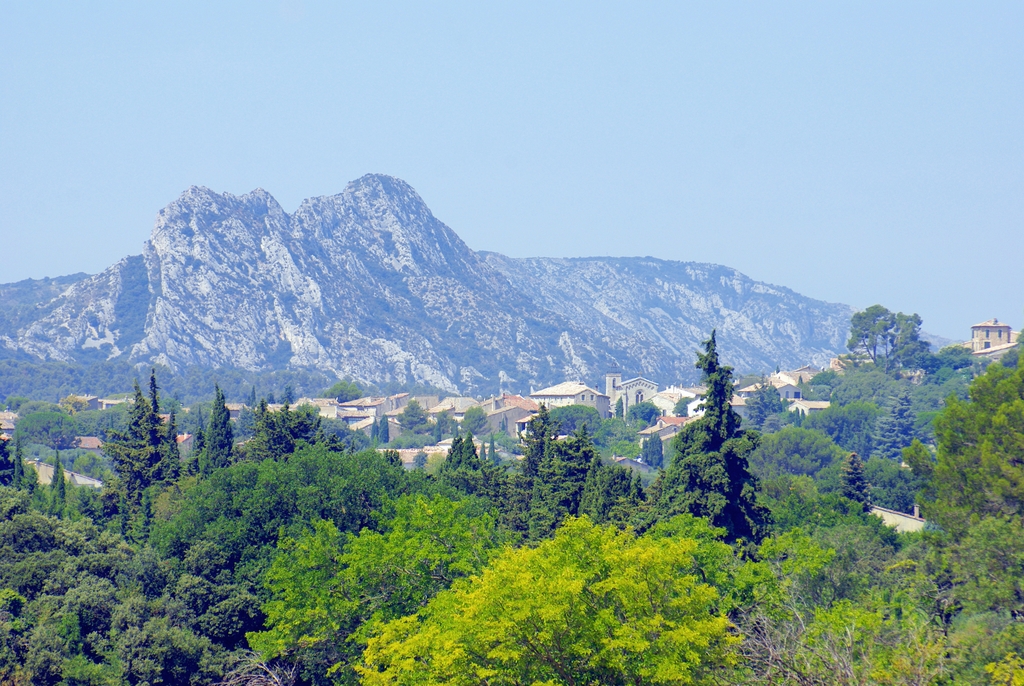
The Camargue
The Camargue is a unique wetland region known for its wild beauty.
It’s home to flamingos, wild horses, and rice fields.
The landscape is a mix of salt flats, marshes, and beaches.
It is a paradise for nature lovers and birdwatchers.
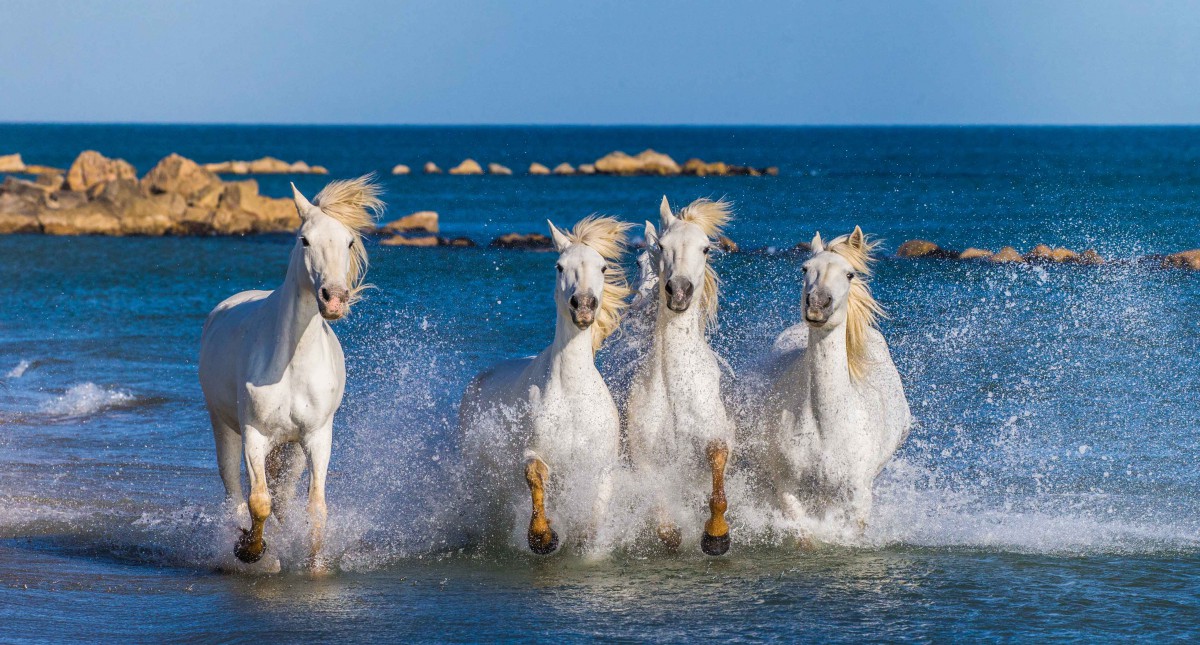
The Calanques
The Calanques are stunning limestone cliffs along the Mediterranean coast.
These dramatic inlets have crystal-clear turquoise waters and rugged landscapes.
They are popular for hiking, swimming, and boat trips.
Whether called Calanques of Marseille or Cassis, they are a perfect spot for adventure and breathtaking views.
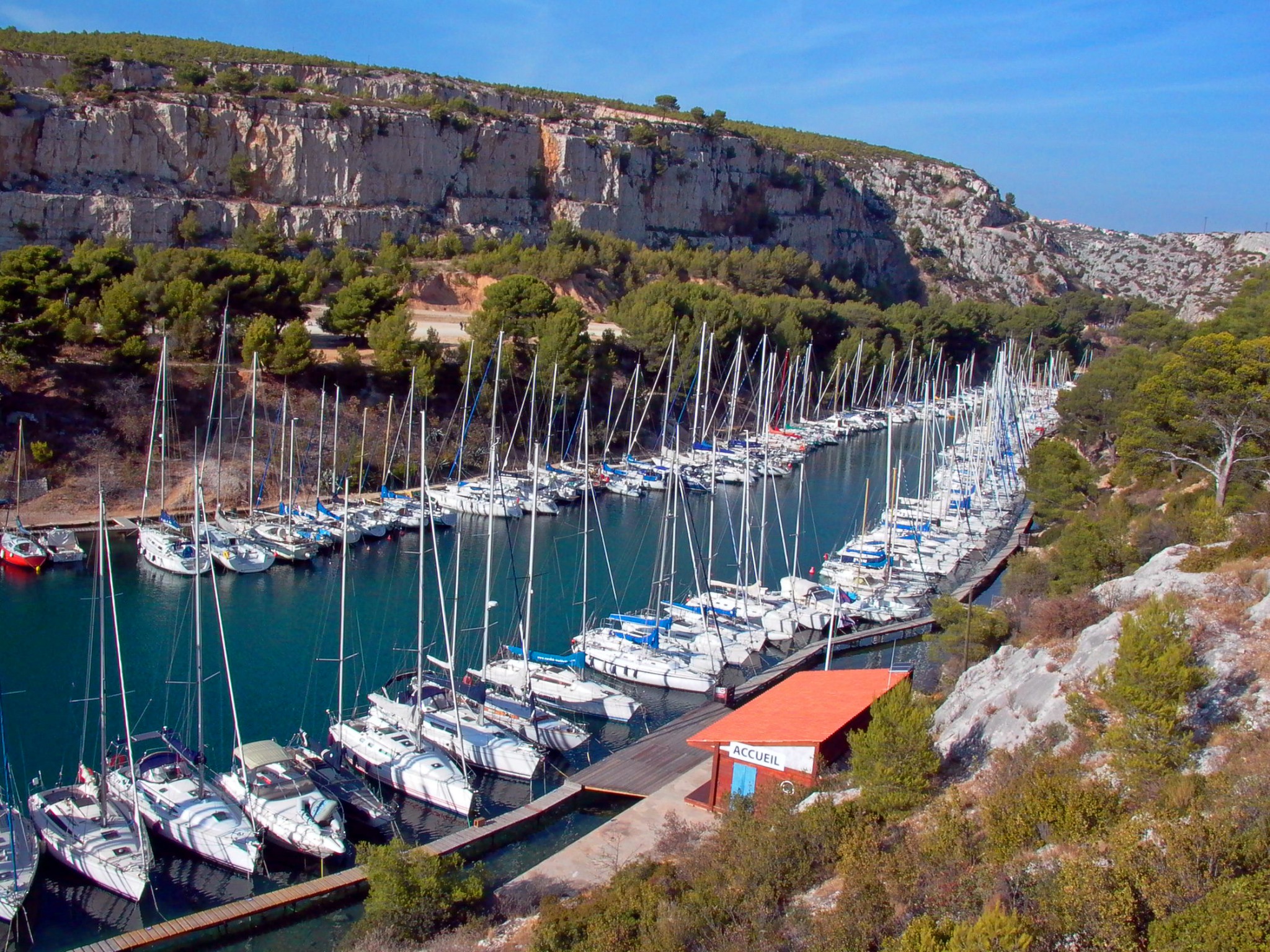
Montagne-Sainte-Victoire
Montagne Sainte-Victoire is an iconic mountain in Provence.
It was made famous by the painter Paul Cézanne.
The mountain offers challenging hikes and panoramic views over the surrounding countryside.
It is a must-visit for art lovers and outdoor enthusiasts alike.
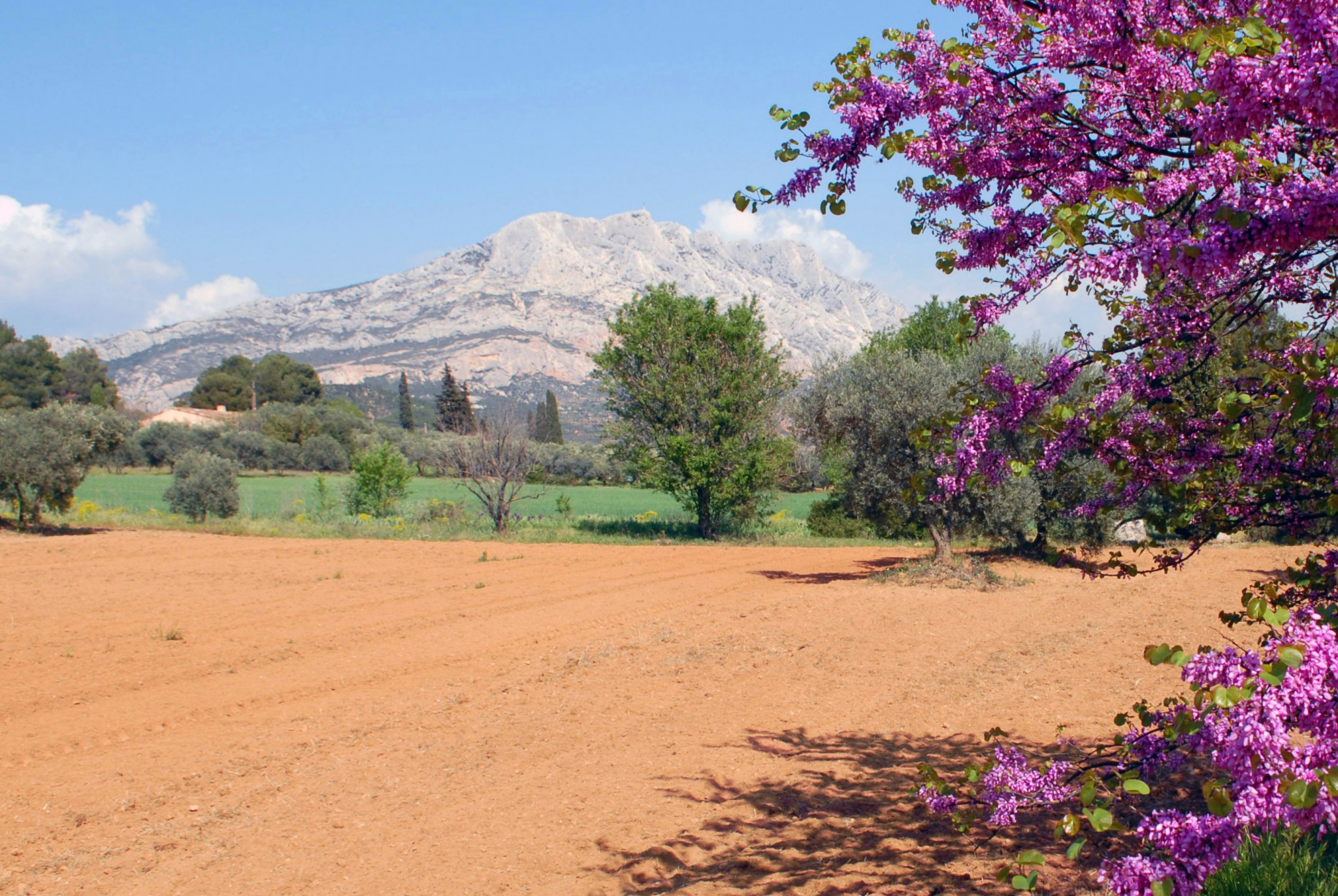
A brief description of Côte d’Azur
![Provence-Alpes-Côte d'Azur - Menton © Vinbaron - licence [CC BY-SA 3.0] from Wikimedia Commons](https://frenchmoments.eu/wp-content/uploads/2014/08/Menton-©-Vinbaron-licence-CC-BY-SA-3.0-from-Wikimedia-Commons1.jpg)
The Côte d’Azur, also known as the “French Riviera”, has such wonderful scenery that it has attracted millions of visitors over the years.
Between Toulon and Menton, the Mediterranean coast is home to some of the most prestigious European spas and resort towns: Saint-Tropez, Cannes, Nice, Monaco, Menton…
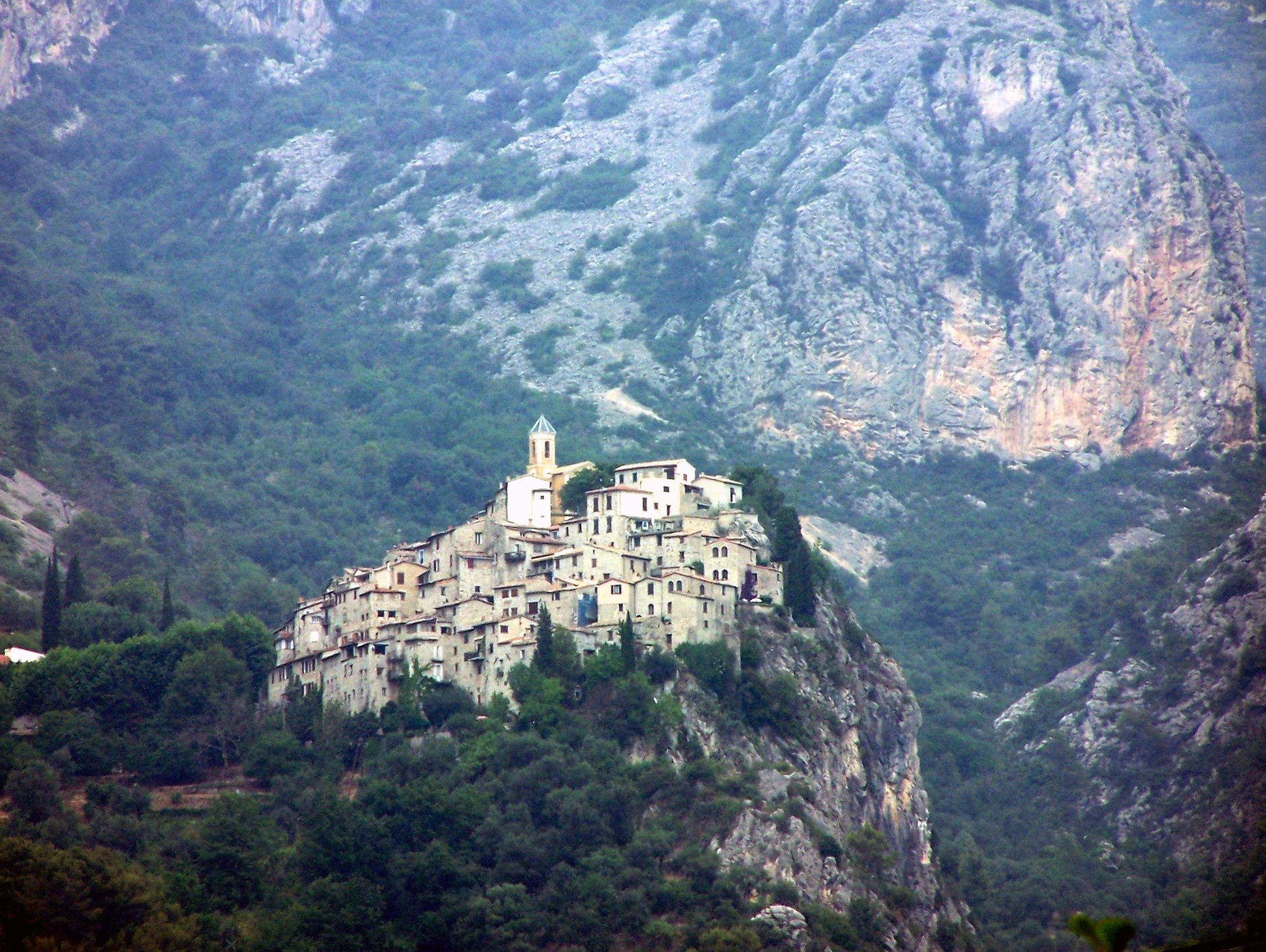
This part of Provence is influenced by its neighbour Italy. Lavender fields, chestnut and olive trees, sun-bathed vineyards and nestled villages remind the visitor that he is still in Provence.
Nice is often considered the “Queen of the Riviera.”
The former city of the House of Savoy became French in 1860, and most of the territory is now called the Maritime Alps département.
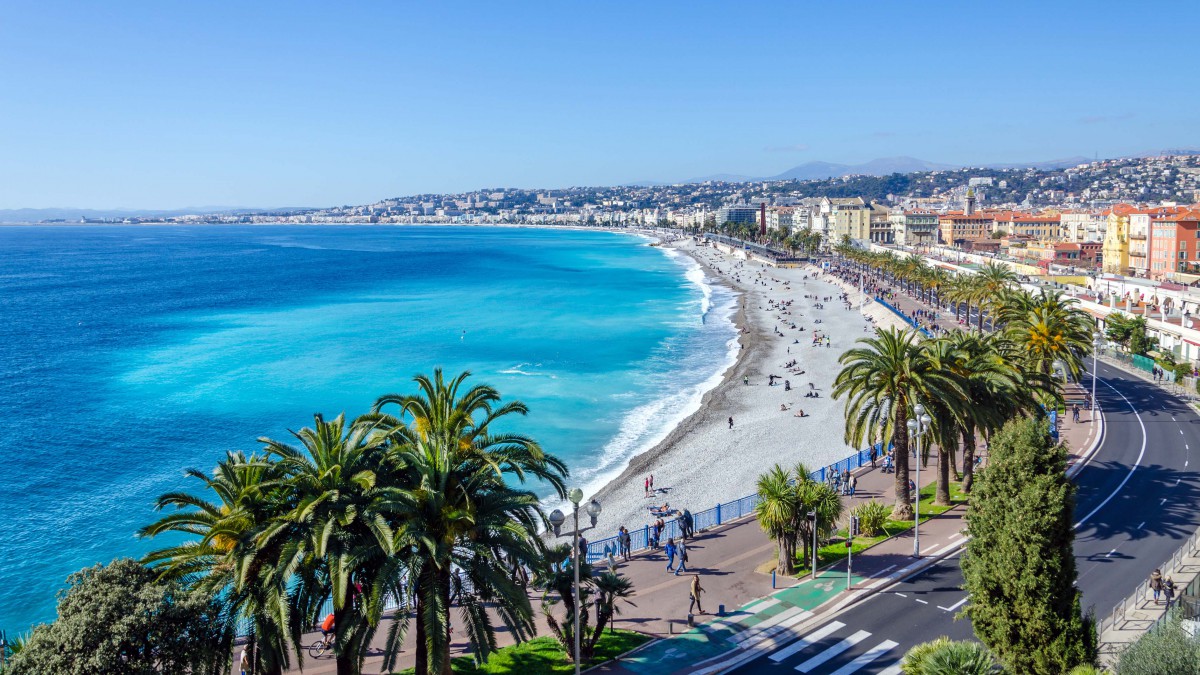
With more than 500,000 inhabitants, Nice stretches along the shores of the dazzling Baie des Anges and boats a picture-perfect old town with an Italian influence.
Nice is a perfect starting point for further visits towards Cannes, the Esterel mountains, Monaco, Menton and the perched villages of Nice’s hinterland: Peille, Peillon, Èze, Sainte-Agnès, Lucéram…
Alongside Marseille and Toulon, it is one of the main French harbours from where boats sail across the Mediterranean Sea.
In fact, Nice is France’s second-largest port for intercontinental cruises.
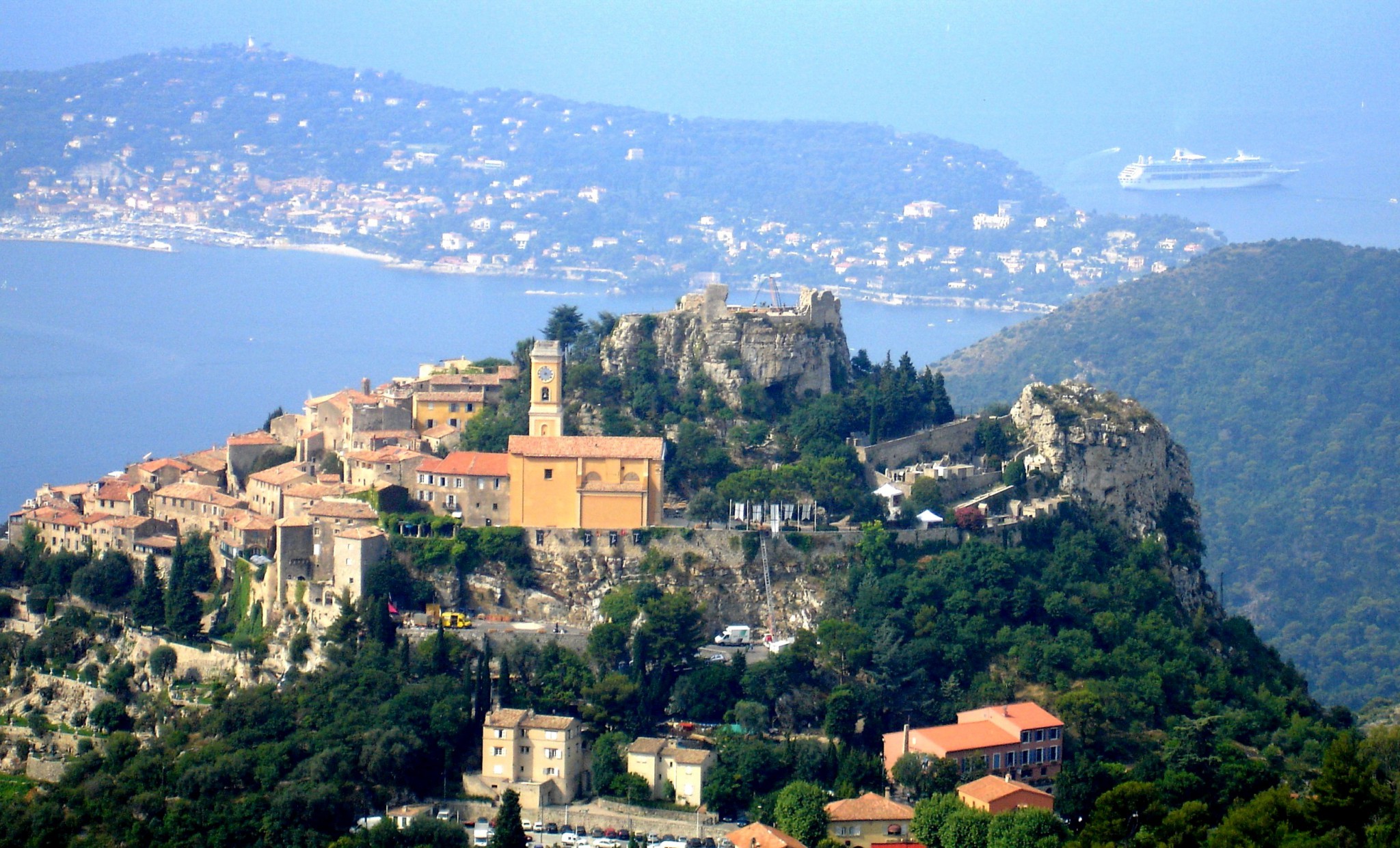
Find out more about Provence-Alpes-Côte d’Azur
- Access all our discover pages on Provence and the French Riviera!
- Read more about the Côte d’Azur or French Riviera on the blog.
- Discover the most beautiful sites in the Luberon region.
- Visit the Official Website of the Provence-Alpes-Côte d’Azur Tourist Board for more practical info.
Top Activities and Must-See Sights in Provence-Alpes-Côte d’Azur
Provence-Alpes-Côte d’Azur is a region brimming with unforgettable experiences.
From exploring the vibrant markets of Aix-en-Provence to hiking the stunning trails of the Calanques, don’t miss the chance to visit historic sites like the Palais des Papes in Avignon or take a scenic drive along the famous Route des Crêtes.
Whether you’re looking for adventure, relaxation, or cultural immersion, this region has everything.
To help you plan, I’ve curated a selection of top activities and must-see sights.
Start exploring and make the most of your trip!

